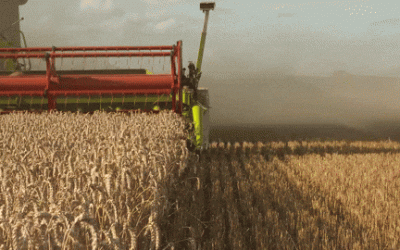New research from the University of California, Davis found that an explosion of invasive plants is possible even decades or centuries after introduction. These ticking time bombs could be lying in wait for the right conditions—or adapting to the new environment—before wreaking havoc.
Not to name names, but: Ribwort and velvetleaf were two of the invasive plants called out in the study, which was published in the journal Nature Ecology and Evolution. Ribwort was first introduced to the U.S. in 1822, had a lag phase, and is now present in all states. Velvetleaf, a common complaint for corn and soybean farmers, can stay dormant for up to 50 years.
By the numbers:
- ⅓ of studied invasive plants had a long lag time between introduction and rapid expansion
- 40 years was the average lag time, with the longest being 320 years (looking at you, sycamore maples)
- 65% of California’s invasive plants were knowingly introduced
Soundbite: “The problem is most of the models that we have for risk assessment to see if the species are going to be invasive and a pest problem in the future don’t account for this lag phase or this dormant phase. It’s not that they’re not going to be a problem, it’s just the calm before the storm,” said study authorMohsen Mesgaran of the Department of Plant Sciences at UC Davis.
So, what next? Researchers will keep looking into plants’ dormancy periods, with the hope of helping policymakers and growers build more effective pest management strategies in the future.
Wheat Hybrid Race Heating Up
Growing more with less is the name of the game for crop production. And the game is heating up as...
Brazil and China Sign Nearly 40 New Deals
Brazil and China are taking their relationship to the next level. Last week, the two countries...
Tractor Tax Draws Farmer Ire
British farmers are in protest mode over a government decision to cut out a 1990s era tax break...




